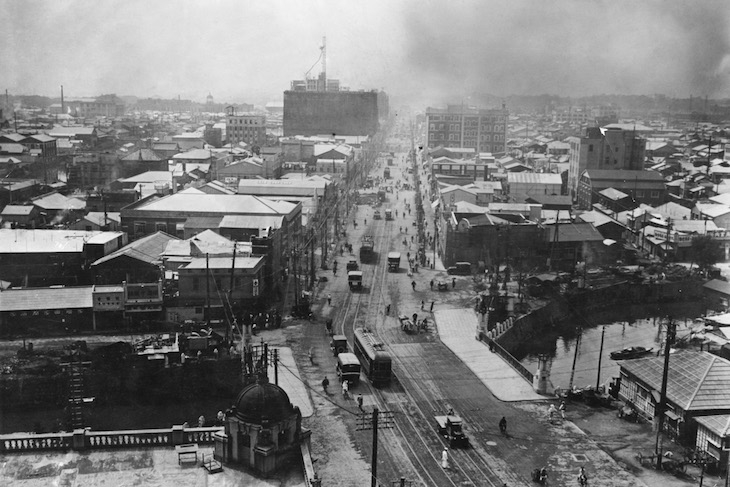The target audience for David Peace’s new novel appears almost defiantly niche. Certainly, any readers in the embarrassing position of not being entirely up to speed on the life and works of the Japanese writer Ryunosuke Akutagawa (1892–1927) seem destined — even intended — to find Patient X a less than alluring combination of the tediously baffling and the bafflingly tedious.
Peace’s fact-based fiction has always demanded a fair amount of patience and concentration, with obsession serving as both his subject matter and his method. Yet in novels such as GB84 (about the miners’ strike) and The Damned United (about that other Yorkshire cataclysm, Brian Clough’s time at Leeds), the hammering repetitions and fragmented narratives had enough hypnotic effectiveness to communicate the books’ obsessions to the reader. Here, by contrast, the 12 sometimes-overlapping, sometimes-discrete chapters are often so wilfully alienating as to make the result feel less like a novel and more like an increasingly punishing assault course.
Peace eases us in with a reasonably straightforward, indeed rather affecting, parable of Jesus and the Buddha attempting to rescue Akutagawa from Hell. Next comes a useful second-person account of Akutagawa’s childhood, where the biographical information is only occasionally mixed in with what I now know to be references to the frog-like sprites in his 1927 satire Kappa.
And, of course, I’ve discovered this thanks to Google — which I suspect will take quite a pounding from anybody brave enough to take Patient X on, as they seek to discover whether say, Hyakken Uchida and Yasukichi Horikawa are Japanese writers, Akutagawa characters or neither. The trouble is that, as the doppelgängers, Zen tales, dream sequences and flights of fancy pile up, even this knowledge doesn’t make untangling the various narratives any easier. Nor, more importantly, does it make it any more pleasurable. Instead, in my experience, you find yourself feeling disproportionately grateful whenever Peace grants us a spot of comprehensibility — a powerful account of the 1923 Tokyo earthquake, for example — while also resenting how rarely he does it.
The obvious defence of Peace’s approach is that the growing fragmentation, and narrowing jumble of recurring obsessions, are a reflection of Akutagawa’s mental illness, which led to his suicide at 35. But, while clearly fair enough in theory, this is of little consolation when, during yet another gruelling mash-up of fact, Peace’s fiction, Akutagawa’s fiction and Japanese folklore, you realise just how much more of this stuff you still have to read.
It’s wholly possible, I suppose, that that niche audience of hard-core Akutagawa fans will consider Patient X a masterly interweaving of his life and art, with several chin-stroking opportunities on every page. Nonetheless, by making so few concessions to the rest of us, Peace seems unlikely to convey the man’s appeal more widely. I like to think I have plenty of high-minded literary friends. Yet, I can’t imagine pressing Patient X into the hands of any of them — and definitely none who want to defend the literary novel against current accusations of a lofty indifference to the boredom of its readers.






Comments